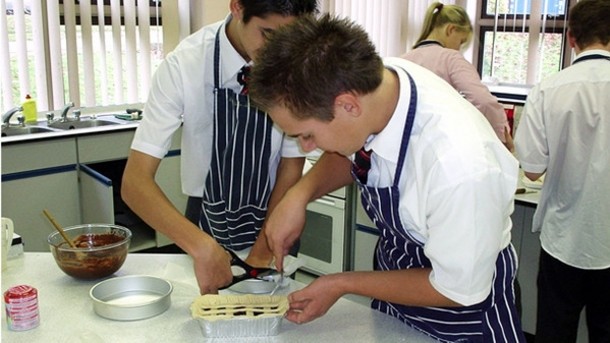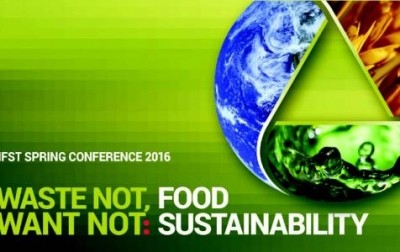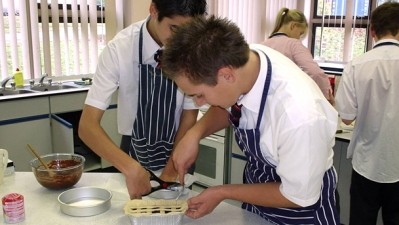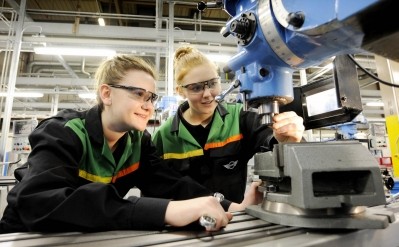‘Disappointing’ drop in food tech GCSE students

The industry has welcomed good results in maths, sciences and English as students from around the country collected their results today (August 20).
There was only a marginal dip in grades for food technology, but the number of students taking the subject dropped by 6% from about 40,900 in 2014 to 38,400 this year.
Jon Poole, chief executive of the Institute of Food Science & Technology (IFST), said there was “little difference” in grades but the drop in entrants was disappointing.
“Firstly, with such an emphasis by the food sector on trying to encourage more young people to consider a career in food, this is clearly a disappointing and worrying trend.
‘Concern about general disconnect’
“But secondly, the food sector has to be concerned about the general disconnect between the production of food and the food on consumers’ plates,” he said.
“So, setting aside the career issues, we have to worry that fewer young people are being taught about the basics of food, nutrition and food preparation.”
A new GCSE in food and nutrition will be introduced from September 2016 amid controversy over the government’s plan to ditch the food technology A level.
GCSE results at a glance
- All grades: A*–C grades increase 0.2% to 69.0%
- English: A*–C grades increase 3.7% to 65.4%
- Maths: A*–C grades increase 62.4% to 63.3%
- All sciences: Entries increased 3.8%, reversing 9.7% drop in 2014
Looking at the broader picture, Poole said it was encouraging to see more GCSE students passing science as well as the increase in good grades in English and maths.
“This, of course, means a larger pool of educated young people interested in science who we can potentially attract into the sector as our future food specialists,” he said.
“However, the food industry will be competing head-to-head with other sectors for this talent and so must do all it can to attract students from this pool or risk losing these skilled workers to other sectors.”
‘Maths and science carry real premium’
Angela Coleshill, director of employment, skills and corporate services at the Food and Drink Federation (FDF), welcomed the increase in the uptake of key subjects such as science, technology, engineering and mathematics (STEM).
But Coleshill said: “The lack of take up and popularity of [food technology] demonstrates further the image problem being faced by our industry and the misunderstandings about the food manufacturing sector by students, parents and teachers alike.”
Tim Thomas, head of employment policy at the manufacturers’ organisation EEF, also welcomed the improved English and maths grades this year.
“Numeracy and literacy skills are vital for any path a young person may follow after secondary education,” Thomas said.
“Many employers will want those who have excelled today to consider an apprenticeship rather than going down the conventional route to university.”
Meanwhile, Katja Hall, deputy director-general at the Confederation of British Industry (CBI), said it was “great news” that the number of young people taking science was on the up.
“Pupils should bear in mind that maths and science carry a real premium with employers and are sought after skills in our economy, so would lead to interesting and successful careers,” she said.
“The huge leap in numbers of those studying computing is the icing on the cake.”
Meanwhile, food firms United Biscuits and Nestle mentioned GCSE results on social media website Twitter. See the Tweets below.
Food technology GCSE results
2014
- Entrants: 40,918
- A*– 5.0% A– 17.8% B– 38.2% C– 61.6% D– 79.7% E– 90.6% F– 96.4% G– 98.8%
2015
- Entrants: 38,397
- A*– 4.9% A– 17.4% B– 37.6% C– 61.2% D– 79.7% E– 90.5% F– 96.4% G– 98.8%
















